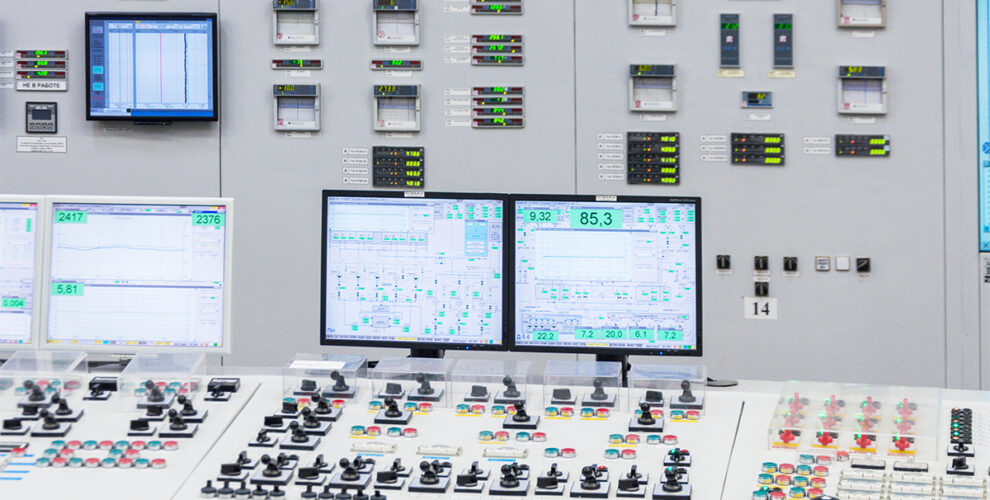An extensive network of power plants connected to consumer loads is referred to as an electric power system or electric grid. Since “energy cannot be generated or destroyed, it can only be transformed from one form of energy to another,”. Power electronics is becoming a strategic technology as a result of the current global situation in business, energy, medicine, communications, and transportation since it secures the longevity of our economic expansion. Although it is well known that the power system plays a significant role in electrical engineering courses, the students of top colleges in Coimbatore have to be ready for the competitive environment in which these trends may be important to recognise. Also, they will have a general understanding of these concepts during their time to submit their engineering final year projects.
EIGHT trends in electrical power systems:
Power utilities, which have traditionally been opposed to the use of new technologies, are now realising their advantages and making significant investments in them. Cybersecurity, big data, cloud computing, robotics, and the Internet of Things (IoT) are thought to be the top five technologies that will have the greatest impact on the sector over the next three years, according to a survey of emerging technology trends.
- The adoption of electric vehicles is expected to continue growing in the coming years. In order to encourage stakeholders in the industry to invest throughout the EV supply chain, governments around the world are establishing targets for EV deployment.
- Power companies are paying the most attention to cybersecurity in order to safeguard grids from cyberattacks. Electricity utilities are prepared to actively contribute to guaranteeing safety now that they are aware of the terrible consequences that network safety issues may have on the network.
- In order to address the difficulties posed by devices like phasor measurement units and smart meters, a number of ongoing initiatives are being undertaken by power companies to redesign the architecture of their existing information technology systems. Powerful tools and cross-disciplinary knowledge, such as artificial intelligence, deep learning, parallel computing, and data analytics, facilitate these endeavors. The Top Engineering College in coimbatore embraces AI programmes because they enable students to think and effectively.
- The Global Energy Internet (GEI) concept is regarded as the path forward in nations like China and India, where TPSs are undergoing significant development and expansion. It was suggested that GEI be used to extend power systems to an internet of energy resources and loads where all users can plug and play. GEI further advances and advances the enhancement of energy age and utilization internationally through the huge scope, inexhaustible age and super high voltage power interconnections across landmasses.
- As smart grid technology develops, it is projected that end users—renewable energy producers, grid operators, and distributed generation—will implement energy storage devices at an increasing rate. Several upcoming energy-storing projects have seen advancement thanks to stimulus initiatives. The implementation is projected to rise as more countries agree to use storage to help their transformation of the power industry.
- Installation of more intelligent electronic devices (IEDs) and sensing devices in their equipment, transmission lines, and substations due to the increasing availability of advanced sensors. Data analysis has become a highly effective tool for assessing the health of critical infrastructure and driving maintenance activities as sensor granularity and coverage have increased. The switch from traditional time-based maintenance to condition-based maintenance, which is more efficient, may be made possible by this.
- The need for resiliency, energy security, and electrification of remote areas is driving the growing demand for microgrids in the power sector. It is also believed that microgrids and distributed energy resources (DERs) have the ability to reduce peak demand and facilitate the integration of renewable energy. A few cities in Japan have successfully integrated solar photovoltaic (PV) systems into residential homes, ground transportation, and water purification systems, making it possible to operate independently of the commercial grid.
- In order to replace aging infrastructure, mitigate the effects of storms and other disruptive events, secure the electric system and critical infrastructure that depends on electric power against cyber and physical attacks, and maintain system stability, the electricity industry is facing significant new expectations and requirements. The sector is also dealing with the demise of some nuclear and coal-fired power plants and the integration of variable, large-scale renewable and distributed resources. In addition, the current utility business models frequently require an increase in volumetric sales to raise funds for new investments.
The creation and use of ever-more-affordable sustainable energy technologies will require an electric power sector with policies, rules, and infrastructure that support and accommodate these technologies. A technological upgrade to the power system as well as fundamental changes to the regulation and management of electric power utilities will be required as a result of the emergence of such a power sector. Students of Top Electrical and Electronics colleges in India can do research on how these electrical power systems incorporate new technologies and the benefits of storing and producing them for future purposes.


